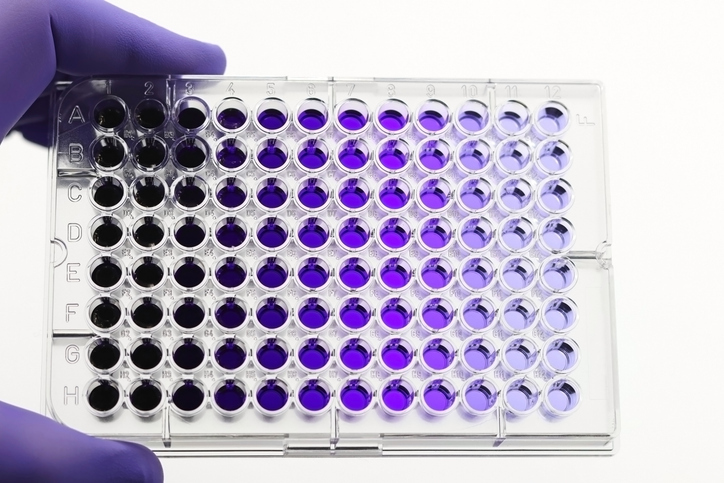96 Well Plates: A Lab Essential
22nd Sep 2025
Everything You Need to Know About 96 Well Plates: A Lab Essential
96 well plates are a cornerstone of modern laboratory research, enabling high-throughput experiments, precise sample handling, and reliable results across industries. Whether you work in biotechnology, pharmaceuticals, or academic research, understanding the role and applications of 96 well plates can help streamline workflows and improve experimental outcomes.

What is a 96 Well Plate?
A 96 well plate, sometimes called a microplate or microwell plate is a flat plate with 96 small wells arranged in an 8 × 12 grid. Each well acts as a miniature test tube, holding small liquid volumes for analysis. The standardized format allows automation systems, pipetting robots, and plate readers to seamlessly integrate, making these plates indispensable in life science labs.
Key Features and Specifications
-
Material: Most are made from polystyrene, polypropylene, or polycarbonate for durability and chemical resistance.
-
Well Shape: Options include flat-bottom, round-bottom, and V-bottom designs depending on assay type.
-
Surface Treatment: Plates may be untreated, tissue-culture treated, or coated (e.g., with antibodies) to optimize cell growth or binding.
-
Compatibility: Standardized dimensions ensure compatibility with laboratory automation, readers, and washers.
Applications of 96 Well Plates
96 well plates have transformed experimental design by enabling parallel processing. Some of the most common uses include:
-
Enzyme-linked immunosorbent assays (ELISA) – for detecting proteins, hormones, and antibodies.
-
Cell culture – tissue-culture treated plates support adherent cell growth.
-
PCR and qPCR – used for nucleic acid amplification and detection.
-
Drug discovery – high-throughput screening of compounds across multiple wells.
-
Absorbance, fluorescence, and luminescence assays – compatible with microplate readers for sensitive detection.
Advantages of Using 96 Well Plates
-
High Throughput: Run dozens of experiments in parallel, saving time and resources.
-
Standardization: Compatible with robotics, ensuring reproducibility and efficiency.
-
Cost-Effective: Reduce reagent usage due to small well volumes.
-
Versatility: Suitable for a wide range of biochemical, molecular, and cellular assays.
Choosing the Right 96 Well Plate
When selecting a plate, consider:
-
Assay type (e.g., ELISA, cell culture, luminescence).
-
Material and coating for chemical compatibility.
-
Optical properties (transparent, opaque, or black/white plates for detection).
-
Sterility requirements for sensitive biological work.
Future of 96 Well Plates in Laboratory Research
With the rise of automation, AI-driven screening, and miniaturized assays, 96 well plates continue to evolve. Advances such as low-volume microplates and specialized coatings make them more efficient and adaptable to next-generation research needs.
